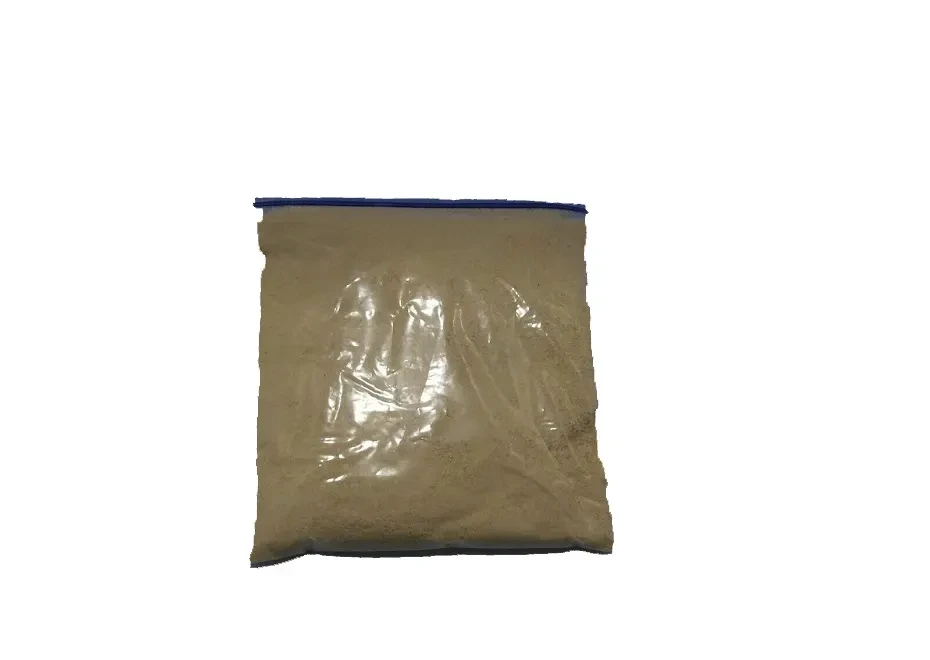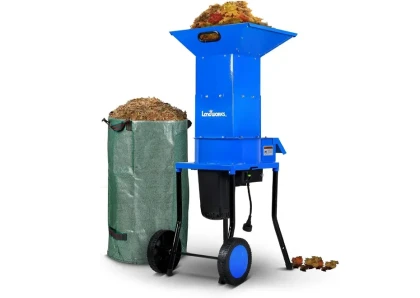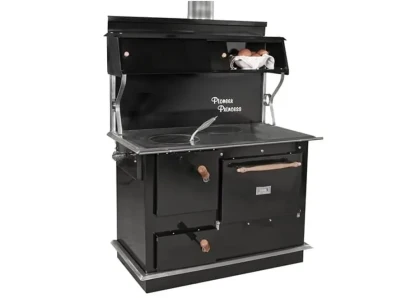
Fine Pine Fresh Gallon Bags Crafts
Overview
Pine Sawdust Fine Pine Fresh Gallon Bags Crafts. Delight in the essence of nature encapsulated within each bag. Our meticulously sourced pine sawdust, finely ground to perfection, brings the symphony of the forest into your creative sanctuary. Every bag tells a tale of sustainable craftsmanship, as we transform pine wood remnants into a treasure trove for your artistic aspirations.
Crafting Dreams, One Grain at a Time: Immerse yourself in the artistry of woodworking, home decor, and beyond. The gentle aroma of pine infuses your projects with rustic charm, while the consistent texture ensures seamless blending and crafting magic. Whether you're sculpting intricate details or adding an eco-friendly touch to your garden, these gallon bags are your companions in crafting. Let your imagination dance with the pure essence of pine.
Embrace Nature's Gift with Pine Elegance: From woodworking wonders that breathe life into your space to ethereal garden mulching, Pine Sawdust Fine Pine Fresh Gallon Bags Crafts transcend utility to become a canvas of inspiration. As you fashion timeless pieces, remember the environmentally conscious choice you've made, championing sustainability with each stroke of creativity. Elevate your projects, enchant your senses, and let the poetry of pine sawdust grace your crafting journey.
Composition and Characteristics Pine Sawdust
Pine sawdust is composed of tiny wood particles that are typically 1 to 100 micrometers in size. The particle size of pine sawdust can vary depending on the type of saw used and the settings on the saw. Pine sawdust is also typically high in moisture content, which can range from 10% to 30%.
| Composition | Characteristics |
| Particle size can vary | Depending on the type of saw used and the settings on the saw |
| High in moisture content | Can range from 10% to 30% |
| Soft and absorbent | High in nitrogen |
| Good source of fiber and carbon |
Sources of Sawdust
Pine sawdust is a byproduct of woodworking, and it is produced in a variety of settings, including sawmills, woodworking shops, and furniture factories. Pine sawdust can also be produced by homeowners who are doing their own woodworking projects.
Applications
Pine sawdust has a variety of potential applications, including:
- Animal bedding: Pine sawdust is a popular choice for animal bedding because it is absorbent and helps to keep animals warm. It is also less dusty than some other types of sawdust, making it a better choice for animals with respiratory problems.
- Soil amendment: Pine sawdust can be used to improve the drainage, aeration, and water retention of soil. It can also help to suppress weeds and pests. Pine sawdust is high in nitrogen, which can help to promote plant growth.
- Compost: Pine sawdust can be composted with other organic materials to create a nutrient-rich soil amendment.
- Biomass fuel: Pine sawdust can be processed into a biomass fuel that can be used for heating and power generation.
- Industrial uses: Pine sawdust has a number of industrial uses, such as in absorbent materials, insulation, and particleboard production.
- Fire starter: Pine sawdust can be used as a fire starter because it is highly flammable. To use pine sawdust as a fire starter, simply create a small pile of sawdust and ignite it with a match or lighter. The sawdust will quickly catch fire and provide a source of heat for starting a larger fire.
Environmental Considerations
Pine sawdust is a renewable resource that can help to reduce waste and promote sustainability. When pine sawdust is composted, it can help to capture carbon dioxide from the atmosphere and improve soil quality. Pine sawdust can also be used as a biomass fuel, which can help to reduce reliance on fossil fuels.
Is Pine Sawdust Worth it?
Whether or not pine sawdust is worth it depends on your individual needs and circumstances. Here are some factors to consider when making your decision:
Pros:
- Absorbent: Pine sawdust is absorbent and can help to keep animals warm and dry.
- Moisture-retentive: Pine sawdust is moisture-retentive and can help to improve the drainage and aeration of soil.
- Nutrient-rich: Pine sawdust is nutrient-rich and can help to promote plant growth.
- Renewable: Pine sawdust is a renewable resource that can help to reduce waste and promote sustainability.
- Cost-effective: Pine sawdust is typically a cost-effective way to improve soil quality and promote plant growth.
Cons:
- Dust: Pine sawdust can be dusty and can cause respiratory problems if not handled properly.
- Moisture: Pine sawdust can be moisture-laden and can lead to mold and decay if not stored properly.
- Fire hazard: Pine sawdust is a fire hazard and should be stored away from heat sources.
Processing and Treatment
Pine sawdust is a versatile material that can be processed and treated in a variety of ways to improve its properties and make it suitable for different applications. The specific method of processing or treating pine sawdust that is used will depend on the desired properties of the final product and the intended application.
Here are some common methods of processing and treating pine sawdust:
- Drying: Pine sawdust can be dried to reduce its moisture content. This can make it easier to handle and store, and it can also improve its combustion properties. Drying can be done using a variety of methods, such as air drying, oven drying, or freeze drying.
- Pelletizing: Pine sawdust can be pelletized to create a more uniform and compact material. This can make it easier to transport and store, and it can also improve its combustion properties. Pelletizing can be done using a variety of methods, such as mechanical pelletizing or extrusion pelletizing.
- Composting: Pine sawdust can be composted with other organic materials to create a nutrient-rich soil amendment. This can improve soil structure, water retention, and fertility. Composting can be done using a variety of methods, such as aerobic composting or anaerobic composting.
- Charring: Pine sawdust can be charred to create a more absorbent material. This can make it a better choice for animal bedding or for use in absorbent products. Charring can be done using a variety of methods, such as kiln charring or open fire charring.
- Encapsulating: Pine sawdust can be encapsulated in a resin to create a more durable material. This can make it a better choice for industrial applications, such as in the production of particleboard or other composite materials. Encapsulating can be done using a variety of methods, such as spray encapsulation or dip encapsulation.
- Biochar: Pine sawdust can be converted into biochar, which is a type of charcoal that has been processed to remove its volatile compounds. Biochar can be used to improve soil quality and to capture carbon dioxide from the atmosphere. Biochar production can be done using a variety of methods, such as pyrolysis or hydrothermal carbonization.
The specific method of processing or treating pine sawdust that is used will depend on the desired properties of the final product and the intended application. For example, if the desired property is to create a more absorbent material, then charring may be the best method to use. If the desired property is to create a more durable material, then encapsulating may be the best method to use.
Safety Considerations
When handling and working with pine sawdust, it is important to take the following safety precautions:
- Wear a dust mask to protect your respiratory system.
- Wear gloves to protect your hands from splinters.
- Avoid breathing in pine sawdust dust.
- Store pine sawdust in a dry, well-ventilated area.
Conclusion
Pine sawdust is a versatile and valuable material that has a wide range of potential applications. It is a renewable resource that can help to reduce waste and promote sustainability. As the demand for sustainable materials continues to grow, pine sawdust is likely to become an increasingly important resource.
FAQs
1. What is pine sawdust used for?
Pine sawdust finds versatile applications, from animal bedding due to its absorbency to enhancing soil as a natural amendment. It's also used in composting, as biomass fuel, and in industries for absorbent materials and insulation.
2. How is pine sawdust generated?
Pine sawdust is a byproduct of woodworking processes. It's produced in sawmills during lumber milling, woodworking shops during crafting, and even by DIY enthusiasts working on their woodworking projects at home.
3. What are the particle size variations of pine sawdust?
The particle size of pine sawdust varies, generally ranging between 1 to 100 micrometers. The specific size can differ based on the type of saw used and the settings applied during processing.
4. Is pine sawdust suitable for composting?
Yes, pine sawdust is suitable for composting. When combined with other organic materials, it contributes to nutrient-rich compost, enhancing soil quality and promoting plant growth.
5. How can pine sawdust be used as a fire starter?
Pine sawdust is highly flammable and makes an effective fire starter. To use, create a small pile of sawdust and ignite it with a match or lighter. The sawdust will catch fire quickly, providing a heat source to ignite larger fires.
No listings available
Related Products
Used Bandit Wood Chipper
Used Bandit 255XP Wood Chipper is a towable, disc-style chipper designed for materials up to 15 inches in diameter. It features 25-inch-wide feed wheels...
American 14" 11-Amp Corded Electric
If you are looking for an easy-to-use lawn mower that is planet-friendly and cost-effective at the same time, you will definitely like this corded...
Earthwise TC70016
The Earthwise cultivator machine is a versatile gardening tool equipped with six adjustable tines, ensuring optimal performance for various soil cultivation tasks. Its motorized...
SnowJoe TJ603E
Dig it and experience the one tiller that’s truly up to the task! Introducing a greener, cleaner way to get dirty with the Sun...
SnowJoe TJ600E
This garden tiller is ideal for starting a new garden or recovering an old lawn. The Sun Joe TJ600E electric tiller and cultivator combines the...
Earthquake 12802
The Earthquake MC440 4-cycle cultivator is a powerful and lightweight solution to maintaining your garden. Designed with stand-up starting, you can comfortably control stops...
Landworks GUO049-FBA
This All Electric Leaf Mulcher Shredder is designed w/ a durable Heavy Duty Steel Upper Feeding port & Body. We are powering this machine...
Pioneer Princess Amish
The Pioneer Princess Amish Wood Cook Stove is an exquisite culinary creation that seamlessly blends tradition, efficiency, and sophistication. Crafted with meticulous care by...
Used Wood Stoves
Used Wood Stoves for Cozy Winter Warmth Awaits! Find your perfect vintage stove: Fisher classic, Grandma Bear elegance, efficient inserts. All are expertly maintained,...
Liantral Rolling Cart Log Rack Firewood Storage
Experience a revolution in firewood storage and transportation with the LIANTRAL Firewood Rack On Wheels. Crafted from durable, rust-proof iron, this rack boasts a...
Questions & Answers
What do you want to know about this product?
Reviews (5)
CraftsmansPulse
Craftsmanship in Every Bag!
Pine Sawdust Bags – artisan's haven! Perfect for molding, enriching soil. My woodworking flourishes, plants thrive, all thanks to nature's best-kept secret.
ArborArtisan42
Nature's Crafting Goldmine!
Pine-scented perfection! These gallon bags of Pine Sawdust are a DIY dream. Enhanced soil, charming animal bedding – endless uses. A true forest find!
TimberTinkerer69
Crafted Wonders Await!
Pine Sawdust – a crafting gem! Expertly sourced, finely textured. From sculpting to gardening, its versatility astounds. Embrace eco-friendly creativity today!
CraftyConifer123
Woodworker's Delight!
Pine Sawdust Bags – a woodworker's muse! Precision-cut particles, ideal for joinery. Crafting with a sustainable touch, my projects have never looked better.
WoodlandEnthusiast
Pine-spiration Unleashed!
Pine Sawdust's scent and texture? A dream come true! Crafted intricate woodwork, blooming gardens, all thanks to these bags. Earth-friendly creativity at its finest.












